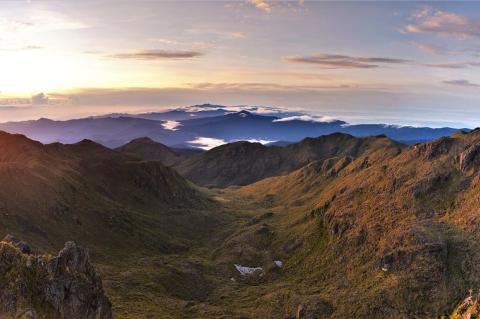Islands and Archipelagos of Nicaragua
Nicaragua, nestled in the heart of Central America, boasts a mosaic of islands and archipelagos strewn across its Caribbean and Pacific shores, each a gem in the country's rich geographical crown. With a coastline stretching hundreds of miles, Nicaragua hosts a diverse array of islands, each with distinct character and allure.









